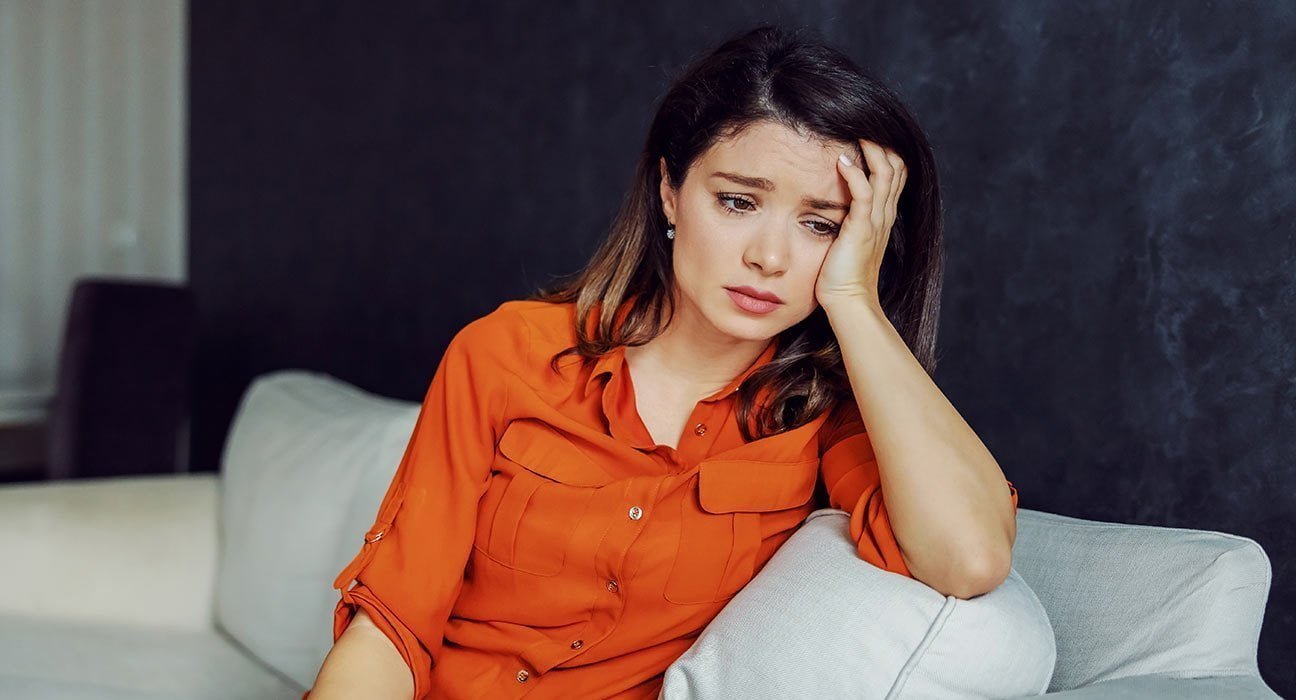Therapy, emotional self-control, and spotting early warning signs of insecure attachment can help people with these attachment types. From childhood to adulthood, experiences mold people and, in the end, influence how they develop loving and wholesome interactions with others. According to John Bowlby, a British psychoanalyst, the development of emotional attachment—or lack thereof—in early life determines the various attachment styles.
An overall feeling of fear and mistrust might result from issues in the child’s emotional connection, particularly with the mother. As kids get older, this worry can also negatively impact their social interactions, so they want ongoing assurance. It is feasible to switch from an anxious to a secure attachment type, nevertheless. A person can form healthy and secure relationships with others by going through corrective emotional experiences. Learn if you can change your tense delivery style, how to start, and what actions and methods work best in this article.
Describe self-regulation
The capacity for self-regulation is the capacity to manage our emotions and the responses we make to them. We must also keep in mind what is appropriate for the current circumstances. Maintaining healthy relationships, resolving conflicts, and having steady self-confidence all depend on one’s capacity for self-regulation.
Many people are unaware that our attachment style has an impact on our capacity to regulate our emotions as well as how we react to them. As a result, it’s crucial to recognize when to trust our feelings as well as when our attachment type has an impact on our ability to control ourselves.
Triggers for anxious attachment
Whenever do you feel let go? The following examples could be used as examples:
- Your lover becomes distant and unresponsive to you
- You experience a sense of abandonment because you believe your lover is distant from you.
- You suspect your boyfriend is keeping something from you because you are envious of him.
- You believe that your spouse is disparaging your emotions.
Things like, “It doesn’t really matter, why are you so upset?” You might quickly become agitated by statements like “I need some alone time to think about this” or similar ones.
When you exhibit protest behavior as a person with anxious attachment, you are likely attempting to re-establish contact with and attract the attention of your spouse. Because anxious attachment and avoidant attachment frequently overlap, your spouse may respond and retreat in line with their attachment. You exert considerably more effort as the cycle continues.
Tense attachment style
How does fearful attachment change throughout childhood?
People with an anxious attachment style may have developed in a setting where their caregivers provided for their needs in a sporadic manner as children. Or at least the needs weren’t met the way they wanted (as a child) by the carers. There are numerous explanations that could apply.
One possibility is that the caregiver misinterprets the child’s cues. Or they didn’t know how to parent in the most effective way. In order to balance their love and confidence, they occasionally allowed the child to calm them.
As a result, the youngster can be uncertain about what to expect from their caregiver. When you need them, do they respond? Will they cease paying attention, or what? The kid gets irritated and restless. Because of this, they start to act out in extreme anguish and create self-controlling rages that are impossible to calm. They are more likely to pay attention to their caregiver because they feel reassured when they are close to them, which lessens their bad emotions.
Adults with an anxious attachment style may react to emotionally upsetting situations in the following unhealthy ways:
- thinking about their connection constantly
- concentrating on possible relationship risks, whether they exist or not
- Try to be as close as you can to your lover, both physically and mentally.
- tries to reach his partner on a regular basis
- Using shame or blame to your advantage during a disagreement
- Being angry, even if one’s fury is occasionally aimed inward. anxious attachment pattern – self-control
Adults who are anxiously attached are often quite angry at what they perceive as a threat because they tend to focus on threats to their relationship.
But they might repress their rage and direct it at themselves out of fear of being rejected. In addition to making people feel self-critical, melancholy, and sad, this poor self-regulation can also make them feel resentful toward their relationship.
This kind of protest behavior is quite harmful to a relationship, therefore it makes sense that if someone with an anxious attachment style wants to create and sustain a good relationship, they should learn to self-regulate in a healthier way.
Anxious attachment self-regulation techniques
Fortunately, it’s not too difficult to manage your emotions. You may control your emotions in a healthy way by using techniques like mindfulness, attitude adjustment, and constructive anger management. Self-regulation entails being in charge of your feelings and actions in connection to what you ultimately want. To ponder before acting is what it essentially means. It entails realizing your emotional triggers in relationships and how they affect you.
An anxious attachment sufferer may be affected by the following emotional triggers:
- A companion who displays erratic behavior
- If your partner appears disengaged or distant
- If your companion consistently overlooks significant occasions like birthdays or anniversaries
- Your spouse is late to get home, and I don’t get the communications I expected from your partner.
- Nothing new, like a new haircut, is noticed by my partner.
An anxiously attached adult may attempt to contact their spouse in response to any of these triggers. Their attention may be diverted by the appearance of an argument or excessive drama.













Leave feedback about this